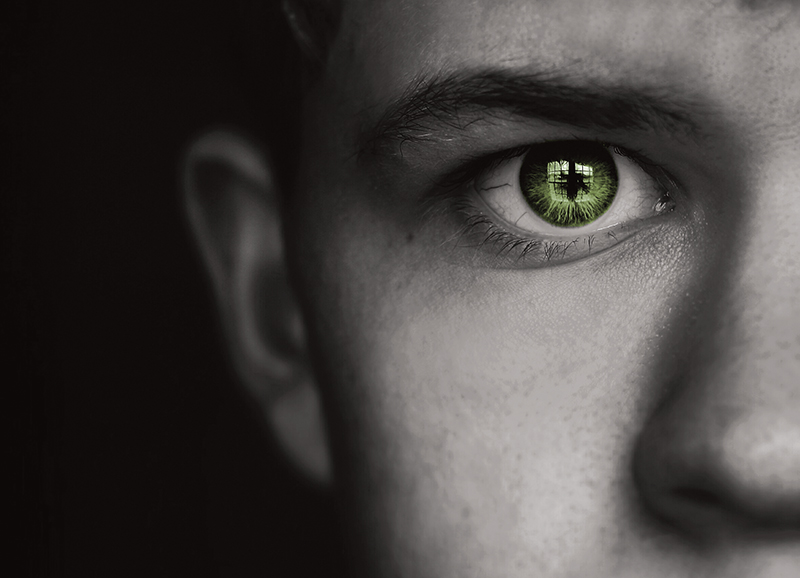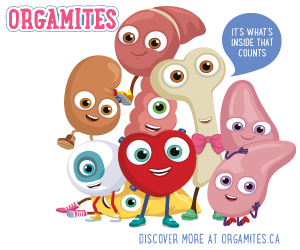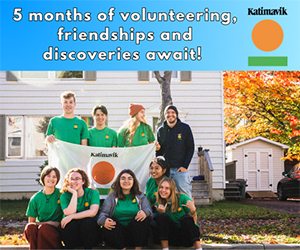Sam is a 15-year-old boy who has begun the process of transitioning. Canadian School Counsellor magazine’s Sean Dolan sat down and interviewed Sam; the goal was to understand and learn about his journey to give our readers a first-hand account of what this looks like. Sam’s candour and honesty shine through in his answers and shed a clear light on how a person can, through a process of self-reflection, evolve into their natural selves.
Q — At what age did you begin to question your gender, realizing you were born into a gender other than that assigned at your birth?
I was always a tomboy growing up, but the idea that I might not be a girl started to come up around the age of 12. At first, I was more non-binary and then I experimented a little a bit with ideas about gender to see what felt right. Eventually I realized I was definitely male. On Christmas night in 2020, I cut my hair short. It wasn’t a very good cut, but I suddenly felt better. My family wondered what the haircut was all about, but they didn’t challenge me on it. Shortly after that I started to use the name Sam and switched my pronouns to he/him.
Q — Did you experience any distress, confusion or denial within yourself as a result of this realization? If so, how did you manage such thoughts?
I would say that, before accepting that I was male, I went through a period of denial. In fact, when I was 12, I went through a hyper-feminine phase for a few months where I tried hard to look and act more like a girl. I might have done this because I saw a few of my friends go through a tough time when they transitioned. I wasn’t sure I wanted the same experience, so I chose denial for a bit. After the hyper-feminine phase I was able to sort out my feelings and accept that I was male. When I got to high school, I joined the Rainbow Group for TGNC youth and that helped a lot.
Q — At what point did you disclose your thoughts to your parents?
Well, after the Christmas haircut, things started to move quite fast. I hadn’t said anything right away but, by the summer of 2021, it just kind of happened. I remember it clearly. My mom and I went IKEA to buy some things for my room and then out for some lunch. It was fast food and we had to wait in the car in the parking lot for them to bring us our order. That’s when my mom turned to me and asked me if I was okay. That’s when I said to her, “I don’t feel like a girl. I feel more like a boy.”
Mom was great—accepting what I said right away. In fact, she probably had an idea of what I was going to say. It was like a huge weight was lifted from around me. My father and brother were just as accepting and understanding when we told them.
Q — What did the transition process look and feel like in the beginning?
It started with questioning and experimenting to see what fit for me. I needed to determine if I was a boy. Then came the haircut and, after I became more comfortable, I changed the way I dressed and the way I expressed myself. I had conversations with my mom and family that made this easier.
Q — Telling friends and family about your transition must’ve been a difficult decision. When did you feel comfortable explaining your feelings to them?
Actually, I am pretty lucky. I had friends from elementary school that were questioning or transitioning—and they wound up at the same high school as me. We all joined the Rainbow Group and were able to support each other.
My mom asked if she could share my transition with some members of our extended family and I said yes. They were all very accepting. From my close relatives to my grandparents, they all responded with love and support.
Q — Was your experience at school challenging? How have your peers reacted to your transition?
I am pretty sure that some people have a problem with my decision to transition, but they keep it to themselves. I’m uncertain if this if this is a good or a bad thing. The fact is: my school has been clear that it supports transitioning students and won’t tolerate harassment or bullying of any kind. I’ve gotten a few looks that I wonder about, but I haven’t experienced anything that is really negative.
Overall, the school has embraced my transition. By the time I got to grade 9, I had already taken the name Sam and the pronouns he/him.
I did have one incident with a teacher who managed to call me he/him all semester and, late in the year, called me ‘she’ in front of the whole class. I found that really annoying and was quite bothered by it.
Q — Can you explain to us what transitioning feels like and how it has affected you emotionally?
To be honest, I felt a lot of insecurity at the beginning of my transition. I wondered what people thought when they looked at me. Did they see a girl who dressed like a boy? Did they see a boy that looked really young for his age?
In time, the transition started to feel more natural, and I felt less insecure. There’s a lot of self-reflection that happens when you transition. I just worked through my feelings and made sure I was doing what felt right for me.
Q — What’s next for you, Sam?
I feel like my transition is on track. I have fully embraced being male, even though I sometimes worry that I just look like a younger boy. I started taking testosterone when I was 14. In a few years, I will look into getting ‘top surgery.’ There’s a health assessment that you need to get before doing this. I am looking forward to getting this done. I am not ready to consider ‘bottom surgery’ yet. I am going to wait until my 20s to look into this.
Q — Have you used resources from the trans community for support?
Not directly. I have received a lot of support from family and friends, so I haven’t had to reach out to get additional resources from trans groups. However, I have accessed the trans community through social media and they have been helpful.
Q — What advice would you give to someone who is either questioning their gender and/or beginning their transition?
I would tell someone who is questioning to find out what feels best for you. Try things out, explore the questions that come up, and experiment with your ideas. Be prepared to be wrong about things because that is part of experimenting. For example, my hyper-feminine phase taught me that this didn’t fit who I was. Questioning is about finding out who you are—and there is no end to what you can be. You are the only person who can answer the question: Who am I?
Also, some people don’t like labels and you don’t have to have a label. However, if you want to identify as queer, you can take on that label. If you want to identify as transgender, you can take on that label. And if you don’t want a label at all, that works as well. Your answers will come after lots of self-reflection.
One thing to keep in mind is that—no matter what—there is always someone who will help you. Look for those people or resources that can help you become who you really are.









